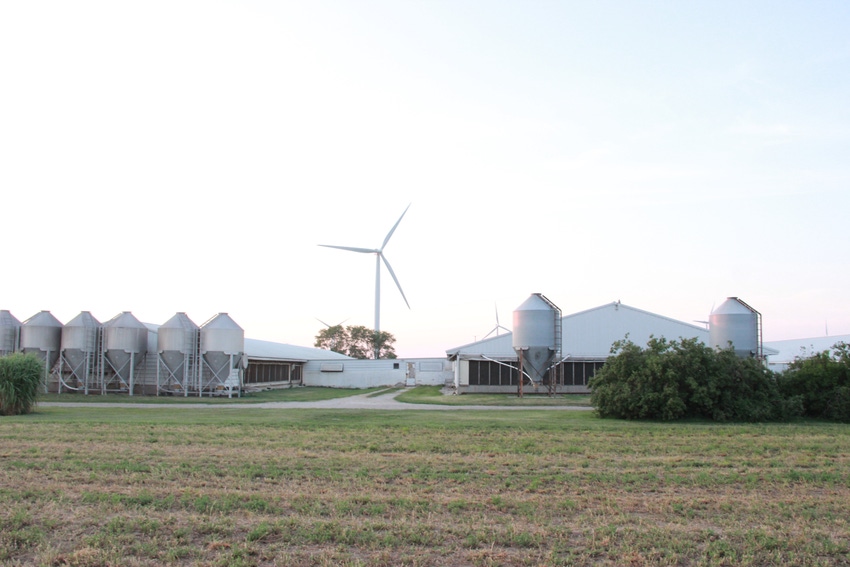Early indicators point to higher production in 2021, with heavier weights leading the way.

Turning the page on 2020 brings new hope and different attitudes across all spectrums. Certainly, the swine industry isn’t alone in the challenges we faced this past year, but we did have more than our share of adversity. The difficult part will be to sort through the data we have available to try to predict what 2021 will look like.
What we know
Even with a very difficult year in the packing industry, the U.S. hog farmer managed to market approximately 1% more pork, driven by an 8% increase in slaughter numbers for the first quarter of 2020. As we moved production through the system—one that was backed up due to COVID-19—third-quarter numbers were up almost 4%, which is much less than I would have expected. However, the true test will be watching the first-quarter numbers in 2021. That should be a very good indicator as to what the rest of the year’s growth or lack of will look like.
2021 indicators
Early indicators point to higher production in 2021, with heavier weights leading the way. Preliminary numbers for January look like total pork production is up over 6%. I would expect weights to drop and normalize as we move into spring. At the same time, sow slaughter—coming off a 3% reduction in the sow herd during the fourth quarter of last year—continues to be strong and is up over 5% year to date.
Trying to make sense of all of these numbers can be challenging when trying to make marketing decisions. My best estimate is that the sow herd will continue to contract slowly in 2021 due to a couple of factors.
First, last year will forever be remembered not only for Covid-19 but also for all of the various stimulus programs that were available. The reason I believe we will continue to see liquidation is that smaller operations that survived this past year did so solely based on government program payments.
Second, some operations made all of the right decisions from a marketing standpoint only to see profits evaporate due to abysmal basis levels this past summer. I am speculating that some of these operations are looking at higher grain prices and will make a decision to take the risk of hog production out of their operations and simply market their grain.
With that said, there are opportunities to lock in profits again for 2021. The difficult part is hedging hogs without knowing what basis levels will look like when selling hogs indexed to a cash market. I know it is unrealistic to think that everyone is open to the market on hogs today. If you were, there would be an approximately $8 - 10 per head profit available for the average operation.
The important thing to remember is to take advantage of some of this opportunity. With the unknown of how China is recovering from African swine fever, I would recommend an option strategy to leave some of the upside open.
PRRS 1-4-4
I recently had the opportunity to listen to a webinar presented by the Swine Health Information Center (SHIC) in association with the American Association of Swine Veterinarians (AASV). It was alarming to hear how challenging this strain of PRRS has been to the industry. The first outbreak was reported in late October and is centered in Iowa and Minnesota. However, it has not been confined to that region.
Most concerning, though, is the high mortality rates throughout the entire pork system, including the sow herd, nurseries, and finishers. I have been in the lending industry for over 23 years and have heard countless times that slaughter numbers will be impacted during the second quarter and then ended up seeing typical slaughter numbers throughout the summer. Based on the number of finish spaces I am hearing about that are available today, this could be an opportunity for those not impacted with PRRS.
Steve Malakowsky is a VP Swine Lending Specialist, with over 23 years of experience at Compeer. For more insights from Steve and the Compeer Swine Team, visit Compeer.com.
Source: Steve Malakowsky, Compeer Financial, are solely responsible for the information provided, and wholly owns the information. Informa Business Media and all its subsidiaries are not responsible for any of the content contained in this information asset. The opinions of this writer are not necessarily those of Farm Progress/Informa.
About the Author(s)
You May Also Like





